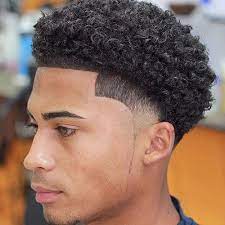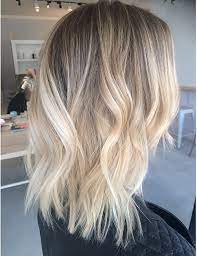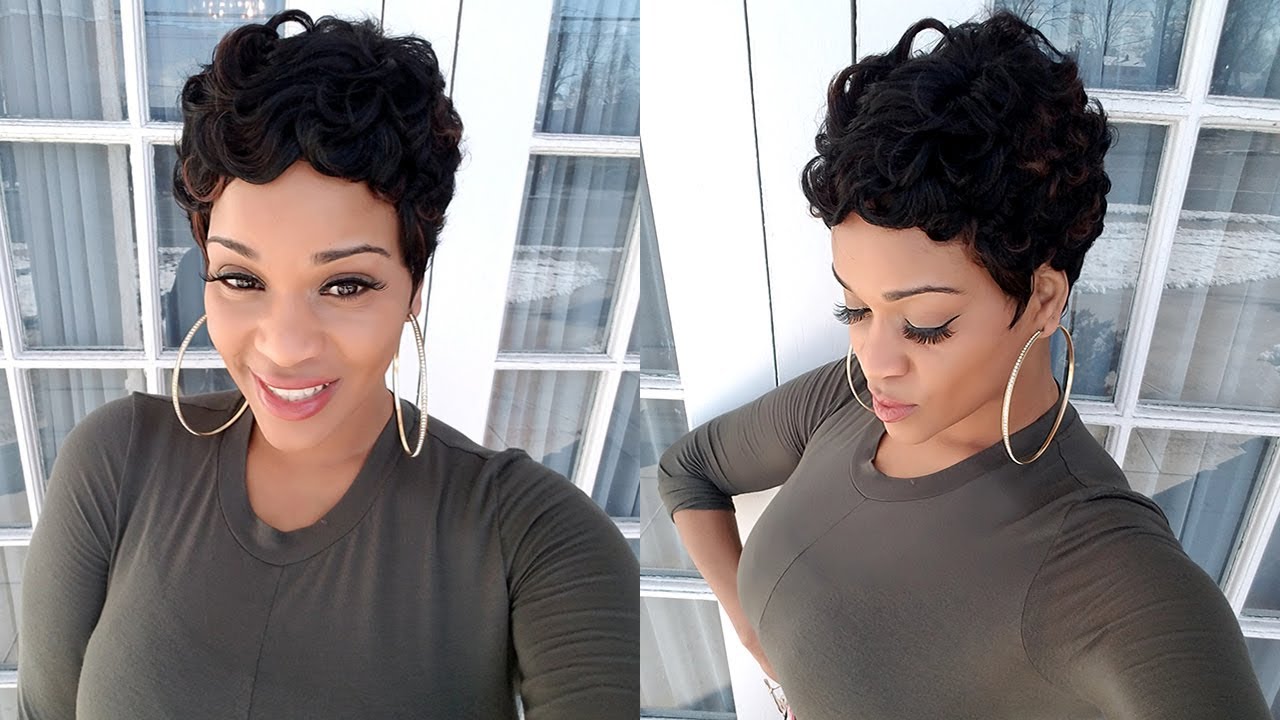
Black men and women have long worn their locks with pride, often sporting distinctive styles like dreadlocks or cornrows that help define our culture, history, and heritage. Taper fades are trending; other cuts, such as low/high-bald fades, are also becoming more popular. Below, we provide an overview of some popular black haircut names to give you an idea of which haircut might suit you best!
Afro
The Afro is a longstanding hairstyle among black people. This form of curly hairstyle can be styled into loose or tight coils to show pride for one’s heritage and culture, freedom, and self-expression. Afro hair may seem “wild,” but it can also be stunningly beautiful. With simple styles like deep side parts or fro-hawks, Afros make great statement pieces and can even be dyed to suit different skin tones. When caring for afro hair, proper maintenance is vitally important. Natural moisturizers or products designed to enhance curls may be effective ways to prevent them from drying out and becoming dry and brittle. You should avoid cutting it when wet; doing so could result in frayed ends and overdoing styling, as afro hair has its way.
Cornrows
As part of the Black Power Movement during the 60s and 70s, Black people began openly rejecting European beauty standards by wearing natural hairstyles like an Afro or Cornrows as an act of defiance and to keep their heritage close by displaying these natural styles with pride. It was seen as an act of resistance against slavery while preserving heritage. Cornrows were used as a symbol of strength, creating intricate patterns to communicate various messages – one being escape routes where slaves would hide pieces of text or seeds within their braids to conceal their whereabouts from being found by authorities. Referring to cornrows as “Boxer Braids” or “KKW Braids” may seem harmless. However, doing so erases their cultural and historical context and allows White celebrities to wear them without crediting or acknowledging those who inspired them – an act that constitutes cultural appropriation. People who replicate this style without realizing its roots often encounter discrimination from those who do not share the same heritage at work or in professional settings.
Dreadlocks
Dreadlocks (also referred to as locs or dreads) are long, rope-like strands created when hair grows out naturally. Dreads come in various styles – freeform dreads, Bantu knots, and sections created by sectioning hair into tiny, short knots. Rastafarians wear dreadlocks to symbolize a connection with Africa and an antipathy for Western culture. However, they also hold spiritual significance; their knotted locks resemble the mane of an African lion and trap good energy, helping strengthen both body, mind, and spirit. However, the perception that dreadlocks are filthy can make people ashamed to wear this look. Therefore, anyone with dreadlocks must regularly use residue-free shampoo and wash their locks regularly to keep them healthy and prevent mold growth or smelliness from developing. In addition, frequent moisturizing will keep strands supple and prevent further drying out or breakage due to tight twisting of the locks.
Bantu Knots
Bantu knots (Zulu or Nubian Knots) are a versatile protective style suitable for all hair lengths. They feature neatly sectioned two-strand twists wrapped around themselves to form distinct protruding mini-buns. Easy to manage, Bantu Knots provide protection from heat damage and make for an attractive style! Bantu knots can last a long time when properly executed, as they offer an effortless way of creating a fresh new look with little work on your part! Refresh them periodically using NaturAll’s Hydrating Leave-in Conditioner or Oil Blend products to maintain a vibrant texture that looks healthy and vibrant. Bantu knots can also be combined with other styles like cornrows and halo braids for a fantastic fusion look, ideal for parties or special events. Or try out jumbo Bantu knots – bigger and bolder versions of regular knots that create an eye-catching style sure to make an impressionful statement.

